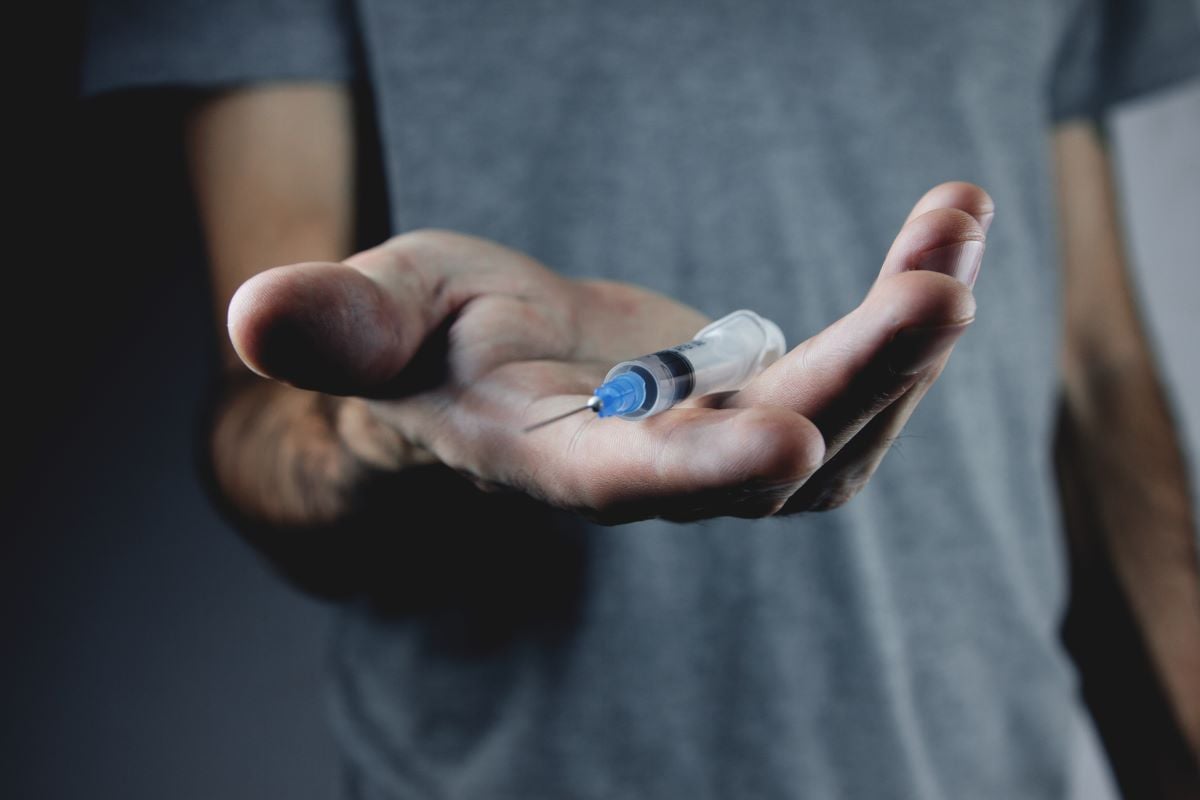Of those seeking medical care for xylazine wounds, 74 percent reported health care stigma, 58 percent inadequate pain and withdrawal management
By Lori Solomon HealthDay Reporter
THURSDAY, Aug. 29, 2024 (HealthDay News) — People with self-identified xylazine wounds are more likely to engage in subcutaneous injection and face several barriers to seeking medical wound treatment, according to a study published online Aug. 21 in Drug and Alcohol Dependence.
Raagini Jawa, from the University of Pittsburgh School of Medicine, and colleagues sought to understand drug use and wound care practices and treatment experiences of people who use drugs (PWUD). The analysis included 171 survey responses from PWUD.
The researchers found that 87 percent had a xylazine wound in the past 90 days. There were no significant demographic differences between those with and without xylazine wounds. Among respondents primarily injecting (155 people), subcutaneous injection was nearly 10 times more likely among those with xylazine wounds (148 people). Of people with xylazine wounds, wound self-treatment practices were heterogeneous. Among those with xylazine wounds, when seeking medical care, 74 percent experienced health care stigma and 58 percent had inadequate pain and withdrawal management.
“Programs serving people exposed to xylazine should work to support safer injection practices, including alternatives to injecting and improving access to high-quality, effective wound care,” the authors write. “Further study is warranted to understand the causes, promoters, and prevention of xylazine-related wounds.”
Copyright © 2024 HealthDay. All rights reserved.








